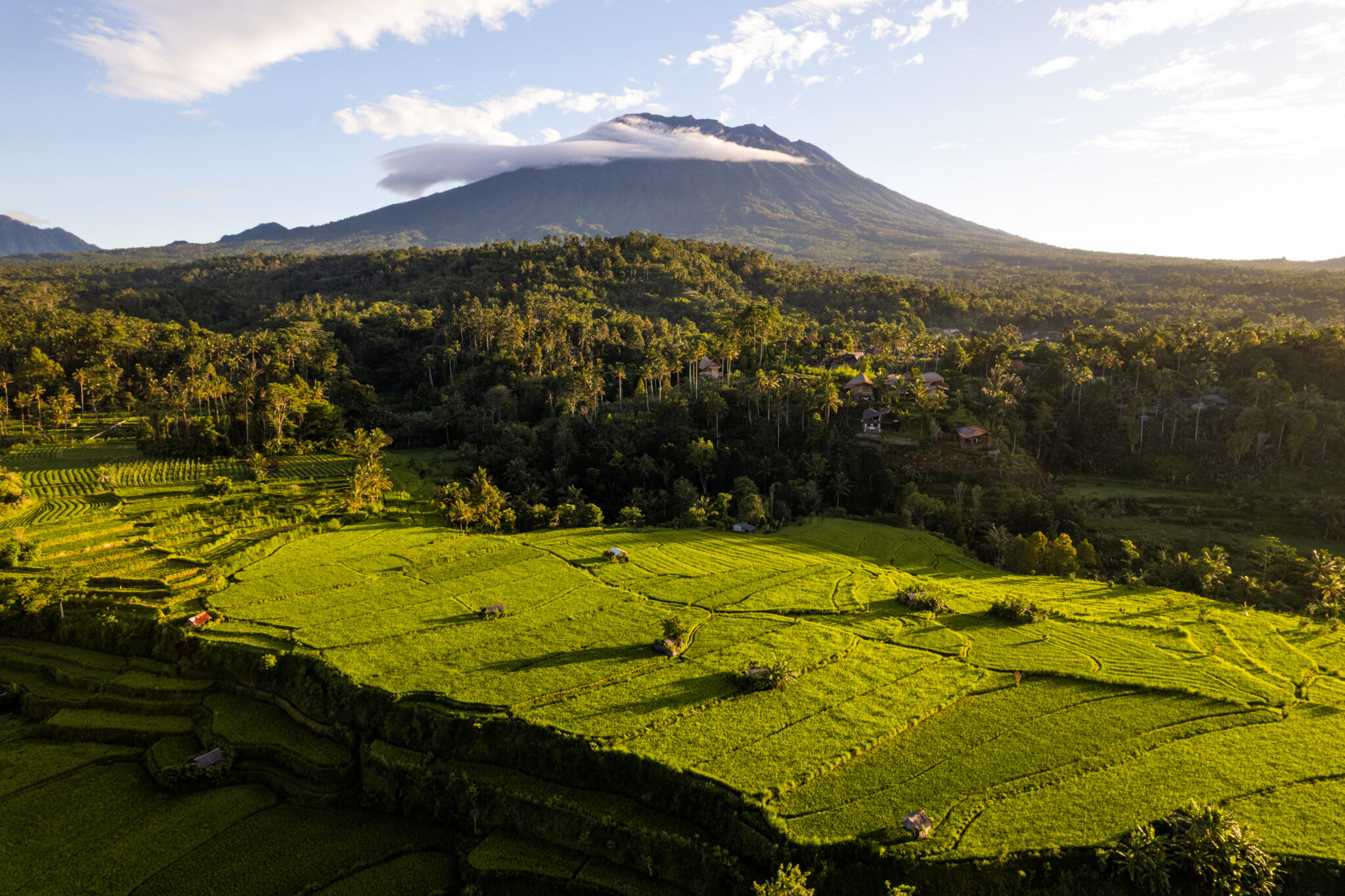Coffee is one of the most consumed beverages worldwide, and it’s no surprise that coffee lovers are constantly exploring different beans, brews, and flavors. Among the vast variety of coffee beans, two stand out as the most dominant on the global market: Arabica and Robusta. Understanding the key differences between these two varieties, their distinct flavor profiles, and their global significance is essential for any coffee enthusiast or industry professional.
Arabica Coffee: The Premium Choice
Arabica coffee (Coffea arabica) is the most popular and widely consumed coffee variety, accounting for approximately 60-70% of global coffee production. Known for its smooth, mild flavor and aromatic profile, Arabica beans are often considered the premium choice for coffee aficionados.
Flavor Profile:
Arabica coffee has a wide range of flavors, including fruity, floral, and nutty notes, often with higher acidity. It’s prized for its balanced sweetness, subtle complexity, and nuanced taste.
Growing Conditions:
Arabica beans thrive in higher altitudes and cooler climates, typically between 2,000 and 6,000 feet above sea level. Major producers of Arabica coffee include countries in Central and South America, such as Brazil, Colombia, and Costa Rica. The ideal growing conditions, however, make Arabica coffee more challenging to cultivate, which leads to higher production costs.
Characteristics:
Arabica plants are more delicate, requiring specific growing conditions, and are more susceptible to pests and diseases. As a result, they are often more expensive than Robusta. Arabica beans tend to have lower caffeine content, contributing to a smoother, less bitter flavor.
Robusta Coffee: Strong and Bold
Robusta coffee (Coffea canephora) is the second most popular coffee variety, comprising around 30-40% of the world’s coffee production. Known for its stronger, more robust flavor and higher caffeine content, Robusta beans are often used in espresso blends to provide body and depth.
Flavor Profile:
Robusta coffee has a bold, earthy taste, often described as bitter and more intense compared to Arabica. The higher caffeine content contributes to a stronger, more potent flavor, with less acidity. While some coffee drinkers appreciate this boldness, others find it less desirable due to its harsher notes.
Growing Conditions:
Robusta coffee is hardier and can be grown at lower altitudes in hot and humid climates, typically between 1,000 and 3,000 feet above sea level. It is predominantly grown in Africa, Southeast Asia (with Vietnam as the leading producer), and parts of South America. Robusta plants are more resilient, making them less expensive to cultivate compared to Arabica.
Characteristics:
Robusta plants are more resistant to pests and diseases, and their beans are generally smaller and rounder. The beans have a higher caffeine content, which adds to their bitter flavor. While Robusta beans are often used in mass-market coffee products, they are also key in producing affordable, stronger brews like espresso.
Global Significance of Arabica and Robusta
Both Arabica and Robusta coffee varieties play critical roles in the global coffee industry, each catering to different consumer tastes and market needs.
Market Share:
Arabica coffee is typically considered a premium product, used in specialty coffee shops, higher-end cafes, and coffee blends. It is most popular in the United States, Europe, and Japan, where consumers tend to prefer its milder and more sophisticated flavor profiles.
Robusta, on the other hand, is more commonly found in mass-market coffee products, including instant coffee. It is often used in espresso blends, as its bold, robust flavor creates a strong and rich crema. Robusta’s higher caffeine content also makes it a popular choice for those looking for a more energizing cup of coffee.
Price Differences:
Due to the more challenging growing conditions and delicate nature of Arabica beans, Arabica coffee tends to be more expensive than Robusta. This price difference is reflected in the quality of the coffee, with Arabica being favored for high-end coffee experiences. Robusta beans are typically less expensive and are often used in products aimed at cost-conscious consumers.
Economic Impact:
Arabica and Robusta coffee are crucial to the economies of many coffee-producing countries. Arabica coffee production significantly impacts countries such as Brazil, Colombia, Ethiopia, and Costa Rica, while Robusta is a key export in Vietnam, Uganda, and parts of Indonesia. Coffee farming provides livelihoods for millions of people, and the global coffee trade remains a vital sector in the economies of producing nations.
Conclusion
Arabica and Robusta are the two primary coffee varieties that dominate the global market, each with its unique flavor profiles and characteristics. Arabica is favored for its smooth, mild, and complex flavors, making it the preferred choice for specialty coffee lovers. Robusta, with its bold, bitter taste and higher caffeine content, caters to a different segment of coffee drinkers who prefer stronger, more intense brews.
Both varieties hold immense significance in the global coffee trade, with Arabica being the coffee of choice for premium blends and Robusta contributing to the production of instant coffee and strong espresso-based beverages. Whether you prefer the refined taste of Arabica or the boldness of Robusta, understanding these coffee varieties enhances your appreciation for the rich world of coffee.





